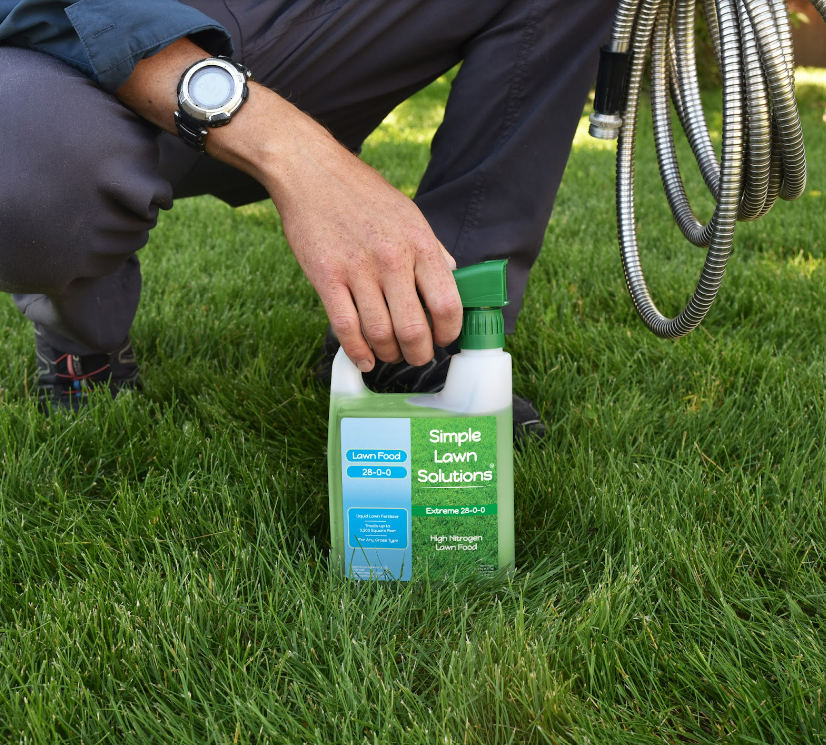Did you know that nitrogen comes in different forms? It's true! And each form has its own benefits and drawbacks. In this blog post, we'll explore the different forms of nitrogen and how they can impact your lawn care routine. We'll also touch on why you might want to use nitrogen fertilizer and how to get the most out of it. Keep reading to learn more!
There are three main forms of nitrogen in fertilizers: nitrate, ammonium, and urea. Each form has its own set of pros and cons. For example, nitrate is very mobile in the soil and can be easily taken up by plants. However, it is also very prone to leaching—which means it can easily wash away before your plants have a chance to use it. Ammonium is less mobile, so it is also less likely to leach away. Urea is somewhere in between the two in terms of mobility and leaching potential. Urea, if not watered in quickly, is prone to loss through votilization to the atmosphere. Nitrogen fertilizers will typically contain one or a mix of these nitrogen forms. The proportion of each will depend on the fertilizer you purchase.
In conclusion, there are three main forms of nitrogen: nitrate, ammonium, and urea. Each form has its own set of pros and cons. The best way to determine which fertilizer is right for your lawn is to look at your budget. Whatever nitrogen-containing fertilizer fits your budget is better than not fertilizing at all. Try out SLS 28-0-0, your lawn will be happy with nitrogen supplied in any form. Thanks for reading!









